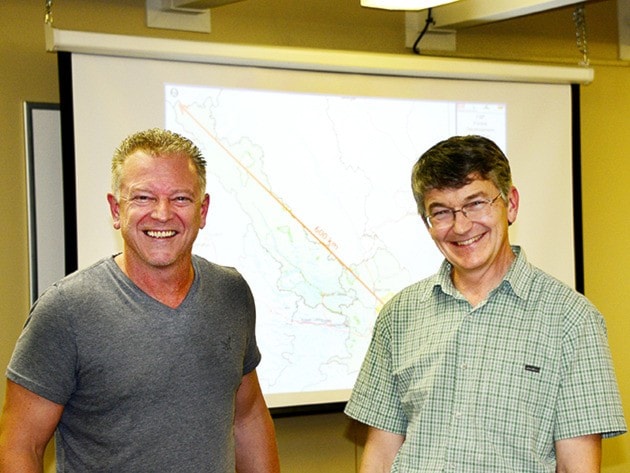It has now been about 10 years since the provincial government began using forest stewardship plans (FSP) as its central means to hold the forest industry accountable for its actions.
How well have they been working?
Not too bad, but there is room for improvement, according to a presentation by Del Williams of B.C.'s Forest Practices Board.
“There are shortcomings in the forest stewardship plans but really good results on the ground,” he said.
Williams recently helped write a report for FPB titled Forest Stewardship Plans: Are They Meeting Expectations?
He made his presentation on Sept. 21 at Dutch Lake Community Centre. Nearly 30 members of the public, many of them connected with the forest industry, attended.
FSPs are mid-level plans between regional management plans such as the Kamloops Land and Resource Management Plan, and the site plans that define how forest companies will harvest specific logging blocks, he said.
The Kamloops LRMP includes 24 objectives that the licensees must meet – more than most of B.C.
Site plans are the true operational plans. They are supposed to be open for public review but there is no requirement for the companies to accept comments.
Forest Stewardship Plans are the main opportunity, and sometimes the only opportunity, for the public to review and comment on forestry plans. They are an opportunity for the public to influence forest management. FSPs are also an opportunity for people to learn about forestry in their area.
Problems with FSPs identified in the FPB report and discussed during Williams' presentation include:
1. A high proportion of the results, strategies and measures are not measurable or verifiable, and therefore are not enforceable;
2. Many results or strategies do not demonstrate consistency with government objectives;
3. FSPs alone continue to be inadequate as tools for public review and comment;
4. The time between opportunities for full public review and comment on FSPs can be excessive – tens of years or more;
5. Few of the measures to prevent the introduction or spread of invasive plants or to mitigate the removal or ineffectiveness of range barriers appear to be practicable or effective;
6. FSPs are not improving over time; and
7. Innovation in FSPs is rare.
